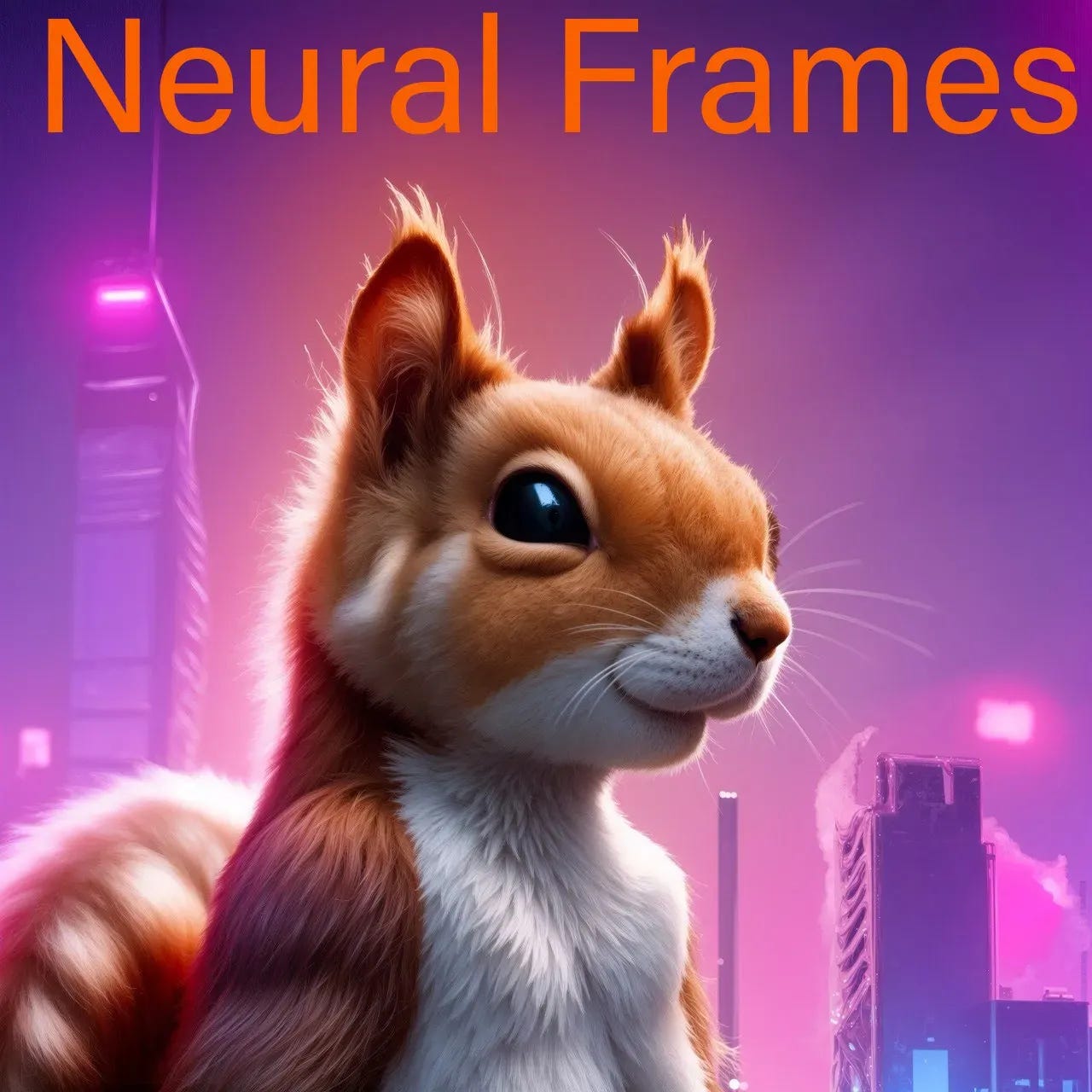In this clip, you’re seeing two versions side-by-side — the left is the edited version, while the right shows the raw “Autopilot” version generated using Neural Frames’ lowest autopilot option.
Even at its most affordable tier, the system produces a cohesive, visually engaging music video, automatically syncing to rhythm, tone, and energy. The edited version on the left adds polish — sharper transitions, richer grading, and refined pacing — but the version on the right stands as proof of what AI automation can already achieve with no manual input.
That’s the real story here: Neural Frames isn’t just making convenience tools; it’s democratizing creative production. Independent artists now have the power to generate professional-level visuals without a studio, crew, or massive budget.
Special shoutout to @Nightshield (Gabriel Night Shield) for providing the info that helped inspire the original article — and for lending his likeness as a model for the character design. His influence helped shape both the technical insight and the creative vision behind this showcase.
This side-by-side comparison captures a moment in the evolution of AI video tools — where even the “entry-level” autopilot mode delivers something truly cinematic.
Here are a few other autopilot versions from their other options as well!
^This was made using autopilot Seedance V1 Pro no edits
^ This was made using autopilot Kling 2.1 Pro no edits
^This was made using autopilot Kling 2.5 Turbo Pro no edits
^ This was made using autopilot Seedanve V1 Pro with minor edits



